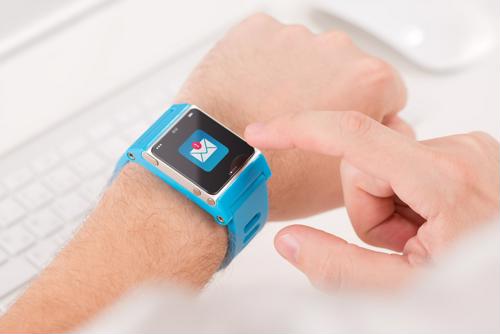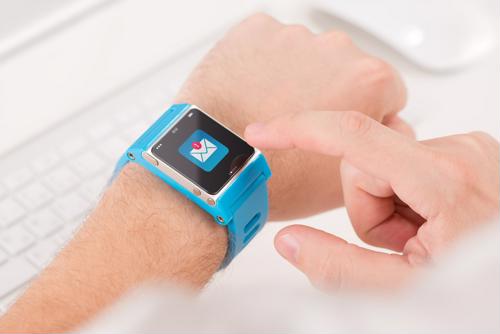
Technology is an important part of how supply chain managers operate their warehouses. The technology for proper data collection and analysis can help companies maintain control of their inventories and keep up-to-date on the demand for certain products. One kind of technology that is steadily gaining momentum for personal use and may soon see increased interest in retail industries is wearable tech. According to Wareable, a news site focused on the benefits of wearable technology, the total number of global wearable shipments for 2014 was over 50 million.
There are numerous different kinds of wearable tech, and they’re all growing in popularity in 2015. Smartwatches, Google Glass and wearable fitness trackers are all examples of the kinds of tech available to consumers and businesses alike. Smartwatches, especially, have been in the public eye lately. In fact, Industry Week reported that 2015 would be the “Year of the Smartwatch,” and technology companies are all rushing to capitalize on this by getting on board with the idea that wearables are the future of their businesses. According to the Consumer Electronics Association, wearable sales will reach 30.9 million units in 2015, an increase of 61 percent over 2014.
Using Wearables in the Warehouse
Mobile data collection is an effective way to connect warehouse workers with the enterprise resource planning software used by companies, and wearable devices like smartwatches can make this process simpler and faster. Warehouse managers and company executives alike can use this resource that allows the quick, accurate collection of inventory data. Managers can keep track of the total volume of goods produced, stored and distributed and what needs to be done on a daily basis, according to Manufacturing Business Technology.
Warehouse control systems can also be programmed into a smartwatch to enhance distribution centers’ output and maintain detailed records. For example, Supply Chain 24/7 reported on a programmed watch used by wine and spirits distributors that allow managers to see and act on key performance indicators right from their wrists. Better-informed decision-making afforded by these devices can lead to increased efficiency and higher profits in the long run.
ALSO READ: 6 Signs It’s Time to Upgrade »
Productivity On the Rise
We already see companies using smartwatches and other wearable devices to enhance productivity in the warehouse. There are many devices that enable voice-picking in order to allow workers to use their hands for their work, not for data collection. For instance, according to Supply Management, employees at a distribution center for supermarket chain Tesco wear armbands to help them track the goods they’re collecting. Smartwatches can also be programmed to aid in voice-picking to enhance warehouse management.






